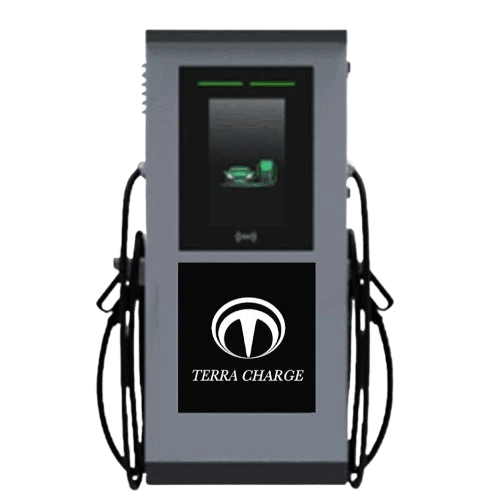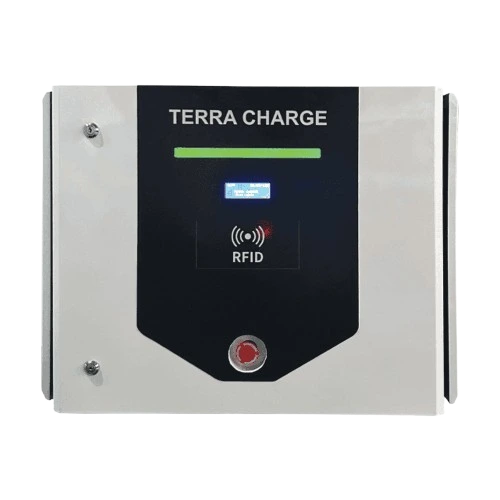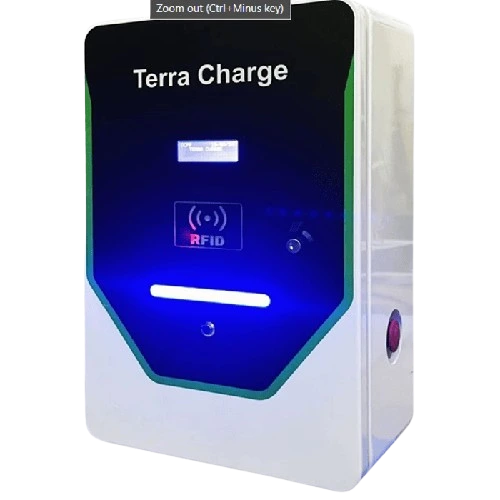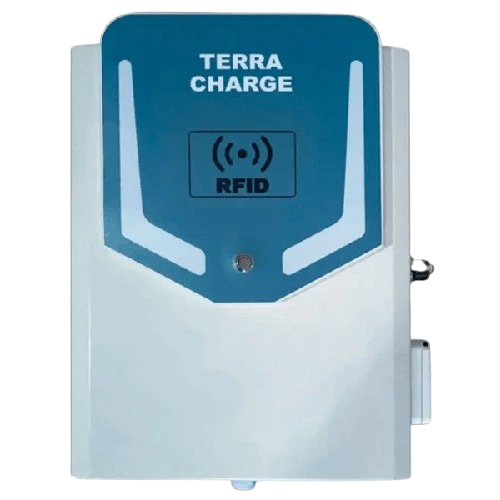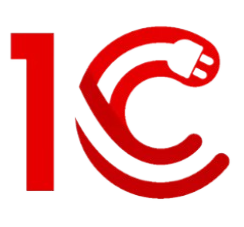Ever wondered why your EV does not rev up in the last stage of charging, as opposed to charging between 10-70%? Yes, it’s common and nothing is wrong with your EV battery. The phenomenon making this charging speed shift is known as the “Charging Curve”.
The charging curve of an electric vehicle (EV) refers to the ‘Rate’ at which the EV battery charges over time. Understanding the charging curve is important for EV owners to optimize charging sessions and get the most out of their vehicles. This article will explain what the EV charging curve is, why it matters, and provide tips for charging efficiently.
What is the EV Charging Curve?
The EV charging curve illustrates how the charging rate changes as the battery charges. It typically starts high and gradually tapers off as the battery reaches its full capacity. For example, a typical curve might look like:
So the full charging curve would look like this:
- 0-30% charge: 114km range per hour
- 30-60% charge: 90km range per hour
- 60-90% charge: 68km range per hour
- 90-100% charge: 38km range per hour
The curve demonstrates that the charging rate slows down significantly as the battery fills up. This is because lithium-ion batteries charge most efficiently at lower states of charge. The tapering ensures controlled current flow to protect battery health.
Why the Charging Curve Matters
Being aware of the charging curve allows you to:
Optimize charging times: Knowing that charging slows down towards the end, you can avoid excessive charging past 80-90% unless you really need full capacity. This saves time and protects the battery.
Plan charging stops on trips: On a long trip, you need just enough charge to reach the next station. Understanding the curve helps estimate how long charging will take to obtain the required extra range.
Manage charge at home: At home, you can charge during off-peak hours to reduce costs, avoiding high utility rates in the mornings and evenings. The slower overnight charging fits well with the tapering curve.
Tips for Efficient Charging
Follow these tips for efficient charging using the charging curve:
– Charge at lower states of charge when possible (below 80%).
– Avoid keeping the battery near full or empty state for extended periods.
– If starting at a low state of charge below 20%, charge rapidly up to 80% then slow down.
– For daily commutes, charge up to 80% for adequate range.
– Plan charging stops on trips based on desired range, not full capacity.
– Set charge limit to 80% for daily use, 100% only when needed.
– Use timers to charge off-peak when electricity rates are lower.
My Personal Experience with the Charging Curve:
When I first got my EV, I’ll admit I had no idea about charging curves or stages. But after reading up on it, I’ve got a much better handle on how it works now.
Here’s the gist – when you first start charging an empty EV battery, the current ramps up quickly and the battery starts gulping down electricity. This is called the bulk or constant current stage. At this point, I just let it juice up as fast as possible to get the initial boost.
But at around 80%, the charger eases off the power delivery. This absorption stage is to avoid stressing out the cells when the battery is nearly full. The current gradually tapers off, even if I still have the charger cranked to max power.
Towards the very end, my EV barely sips any current at all during the float stage. This trickle charging fills up the last few percentage points. It’s not in a rush so I’m usually done with dinner or my movie by then anyway.
Occasionally the charger will also do an equalization cycle to balance out the cells. That’s when I’ll come back to find it topped off to 100% even though it was at 98% before!
So, in a nutshell, the charger ramps the power up but then gradually eases off as the battery fills up. Knowing this helps me estimate charge times better and reminds me not to unplug too early if it seems to be charging slowly at the end. A little patience goes a long way!





